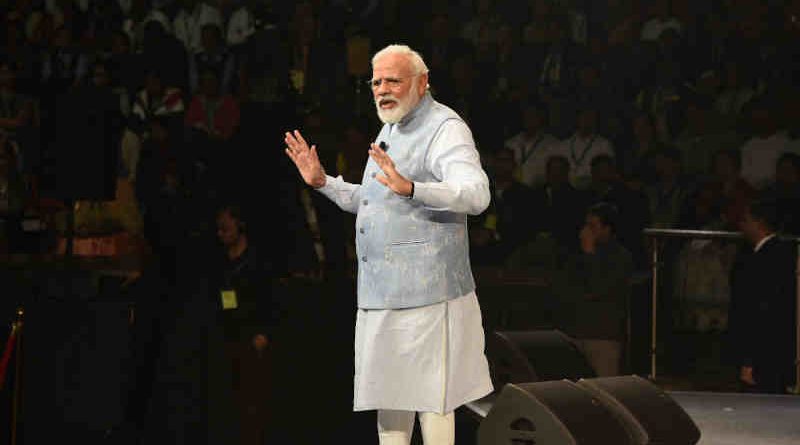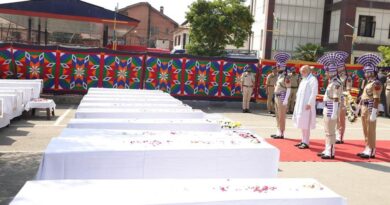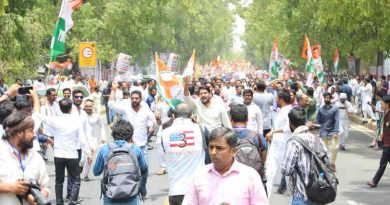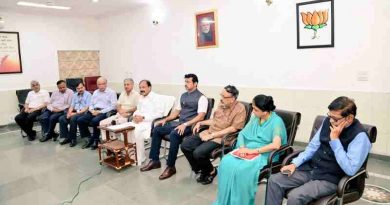History’s Longest Ever E-Curfew Continues in Kashmir: RSF
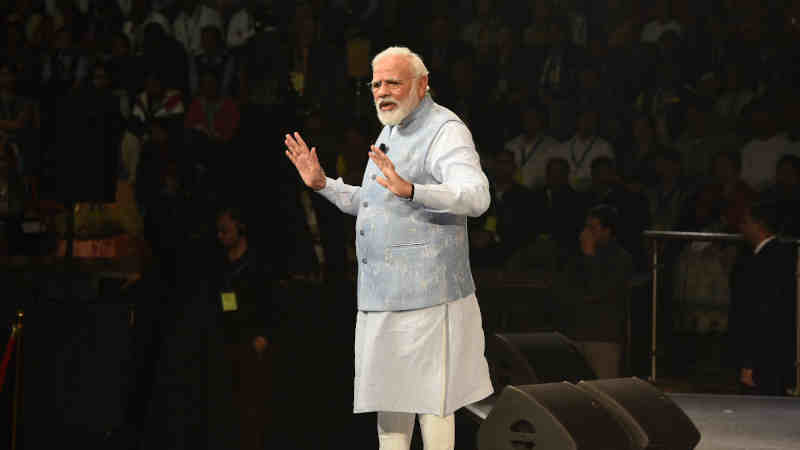
Six months to the day after the Indian government blocked all communications in the northern region of Jammu and Kashmir (J&K) on 5 August, after revoking its autonomy, Reporters Without Borders (RSF) reveals what it is like for journalists trying to work in this territory in the wake of the federal government’s recent measures, which have had little real impact.
Kashmiris had few illusions. A week after the supreme court ruled on 10 January that the total Internet blackout in the Kashmir Valley was illegal, the government responded by publishing a “white-list” of 153 websites that were now supposedly accessible to Kashmiris. The number of sites was increased to 301 on 24 January.
The government also boasted that it had restored 2G mobile Internet and was establishing a network of 844 kiosks where members of the public could connect to the Internet. But, for a region with 8 million inhabitants, this means only one connection point for every 9,500 potential users.
The selection of sites for inclusion on the “white-list” seems completely arbitrary. Social media, news sites and peer-to-peer networks have been systematically excluded. Similarly, the Indian versions of search engines such as Google and Yahoo continue to be censored. But Yahoo’s Quebec version is on the list. Furthermore, according to a recent survey by the Medianama news website, only 58 sites are really accessible.
“Aside from the absurdity of the measures announced by Narendra Modi’s government, his response to the supreme court’s ruling has been insulting and dismissive,” said Daniel Bastard, the head of RSF’s Asia-Pacific desk.
“Maintaining the restrictions prevents Kashmiri journalists from working freely and deprives all of the region’s citizens of access to reliable and independently reported news and information. We call on the supreme court’s judges to examine this issue more closely and ensure that the executive stops violating article 19 of the Indian constitution, as it has been doing for the past six months.”
In Srinagar, the Kashmiri capital, RSF has been able to confirm that many of the sites on the “white-list” are in fact inaccessible because of the weakness of the 2G connection, which was originally designed to be used mainly for sending SMS messages. The bandwidth is very low and partial, and the connection ends up dropping.
In practice, only sites containing nothing but text are accessible, which limits journalistic work. “It’s definitely no better than it was six months back,” freelancer Quratulain Rehbar said. “With 2G speed, you can’t do anything because it’s too slow. It’s a farce to suggest that the Internet has been restored here for betterment of the people.”
The Newsclick website’s Anees Zargar agreed: “Even if the authorities have provided access to a limited number of websites, it’s as convenient for me as it has been since the initial ban, meaning it’s inconsistent and inconvenient.”
Syed Ali Safvi, a Srinagar-based correspondent for various international media outlets, is barely able to work. “Every time the government imposes a communication blockade in Kashmir, journalists working for foreign media outlets suffer most,” he said. “Moreover, we are constantly under strict surveillance and are subjected to censorship.”
“There is clearly an assault on Kashmir’s freedom of expression by the [ruling] BJP’s Hindu supremacists,” said journalist and political commentator Gowhar Geelani, accusing the central government of controlling all news coverage about the region. “Kashmir has been converted into an open prison. This information black hole is the longest ever e-curfew in history, and is making journalism almost impossible.”
“The right to Information is nowadays considered to be a basic right,” Early Times correspondent Jehangir Rashid Malik said. “It’s sad that the people of Kashmir are being denied this basic right.”
Despite the blockade, RSF managed to conduct a series of video interviews with nine Srinagar-based journalists describing how it has become impossible to work and how the central government tries to control all news and information coming out of the region. Entitled Voices From Kashmir, the video interviews were posted online of the 100th day of the communications blockade.
India is ranked 140th out of 180 countries in RSF’s 2019 World Press Freedom Index but is likely to fall even further in the 2020 Index because of the crackdown on journalistic freedom in Kashmir.
Courtesy: RSF
💛 Support Independent Journalism
If you find RMN News useful, please consider supporting us.

